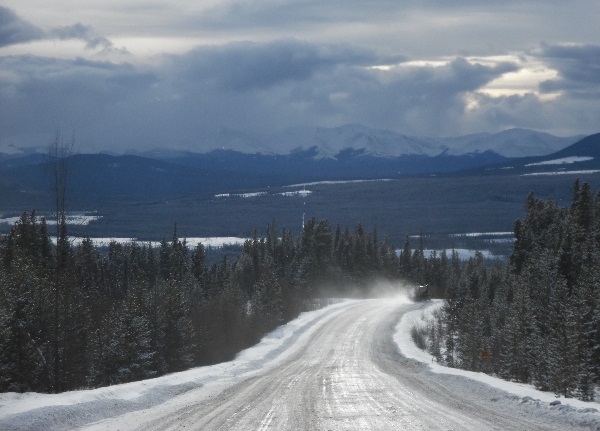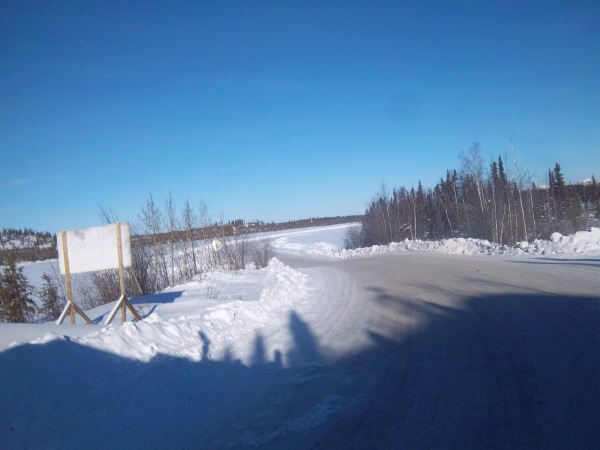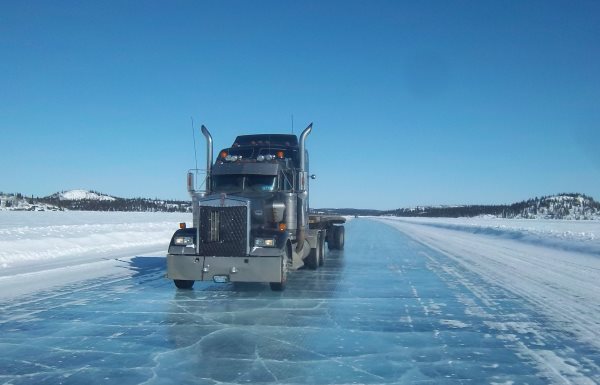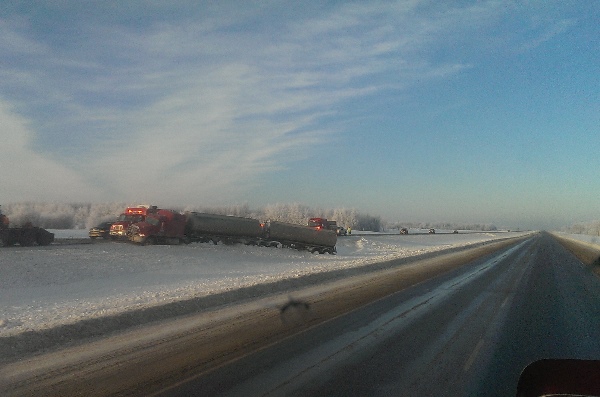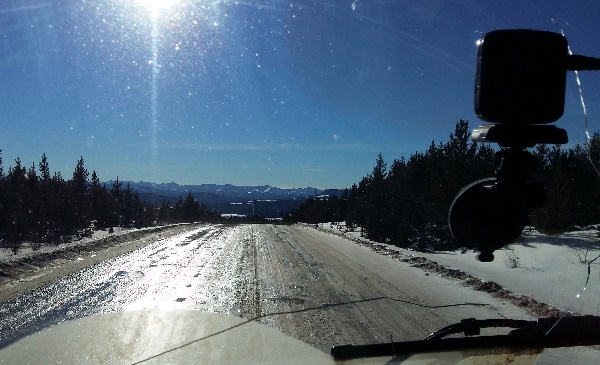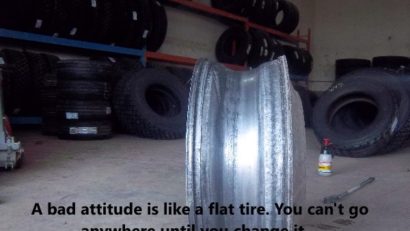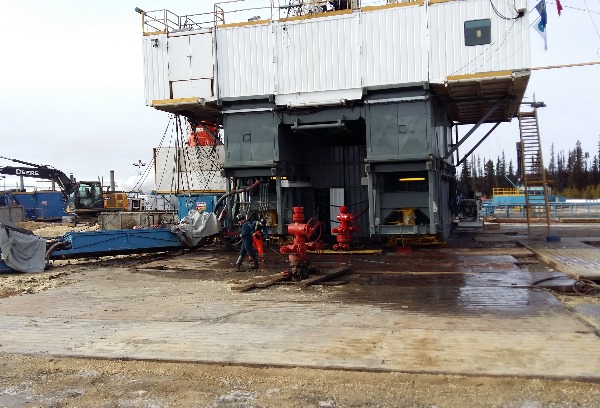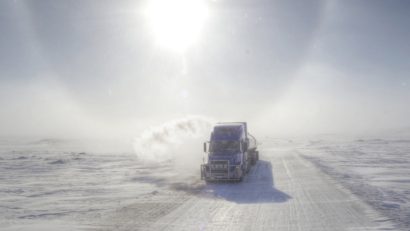Balancing confidence and Caution and practical wisdom work together hand in hand. Consider this the last piece of the puzzle where it all comes together.
Practical wisdom gives you the balance to make rational decisions to do the right thing, at the right time, for the right reasons, but I didn’t fully explain where the “Rational” decisions came from. So let’s get into that now.
This is where the two biggest problems exist with experienced truck drivers. Complacency, and aggression. Nobody ever wants to admit their experience can make them a liability, but it can.
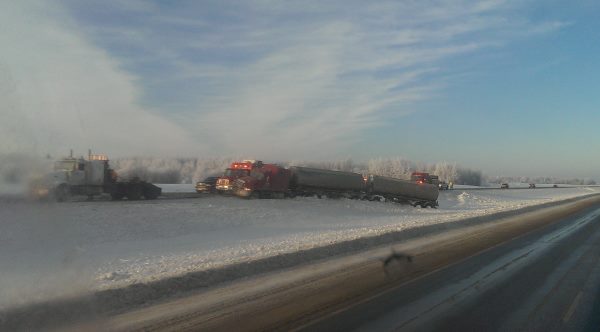
Balancing confidence and caution. You’ve been driving for years, but have you assessed your driving lately? Did that experience become aggression?
Remember one of the attributes for practical wisdom?
“Next, you have to have experience as Aristotle said, but you also have to understand, analyze, learn from it, and apply it. (A modern day Risk assessment)”
These risk assessments are not last minute decisions, but something you do in order to prevent having to make last minute decisions. Do your assessment before coming to the possible problem. You’re a professional with experience, so use the predictability as an asset.
If professional driving is a virtue and the mean (balance) is always changing to the conditions, then how do you find it as a driver? You have to be able to balance your “Confidence” with your “Caution”.
Driving on a busy highway is generally going to require you to apply more caution than confidence. This can be the complete opposite in extreme terrain.
Being overly cautious or timid running the ice roads won’t get you up an icy hill from a lake. Even though the speed limit is 10 km/hr off a lake onto a portage, you risk a spin out or a possible accident if you don’t “Bend the Rule” a little.
Along with moral intelligence to make sound decisions, a new driver can also add the concept of balancing confidence with caution. You may not have a ton of experience to pull from just yet, but you still have a scale to balance.
Balancing confidence and caution means understanding the limitations of equipment.
So what gives you confidence as a driver? Good tires? 4-wheel drive? ABS systems? Traction control systems? Locking Differentials? Just the right amount of weight behind you and over your tires? An effective lighting setup? Tire chains? Professional training? Well maintained equipment?
I’ve said that “Experience is a tool for your mind, and its value is dependent on the user”. Equipment is no different and only as good as the operator using it. Did you notice how all these things are considered safety items? How is it that so many drivers utilizing these safety features are still having so many accidents?
The reason is each one of these are commonly known confidence builders that can tilt the scale to aggression. I told you this was my problem earlier in my own career before I gained practical wisdom. I never had any accidents, but if I hadn’t changed my own thinking, it may have caught up to me eventually. I was fortunate to have been born with excellent hand-eye coordination and very quick reflexes, and I’m sure this has saved me on more than one occasion.
You may have noticed I didn’t put one of the biggest confidence builders of all in there (Experience). Practical wisdom allows you to put experience in the right place according to the variables of the conditions. This makes experience an asset instead of a liability.
It’s about remembering what you’ve seen, heard, and learned in the past, and using it to your advantage to create the “Right” future. (Understand, learn, analyze and use it.)
“Those who cannot remember the past are condemned to repeat it”
George Santayana
I could give you hundreds of scenarios to explain the process of balancing confidence and caution, but if you don’t get it with a couple, you never will. Remember SEEM with all your ongoing risk assessments. Are your actions Safe, Efficient, Ethical, and Moral?
- Confidence says = “I know this road like the back of my hand from experience and can take this blind corner at 80.”
- Caution says = but “Would I be able to stop if there is an accident, or road construction around the bend?”
Or
- Confidence says = “I have a good load, good winter tires and my differential lock is in. I could pull out right behind this other truck and pass this slow car like they are doing.
- Caution says = but “I know from experience this car could be blinded by snow dust from the other passing truck and drift into my lane as I’m passing, and should I even be passing in the first place?”
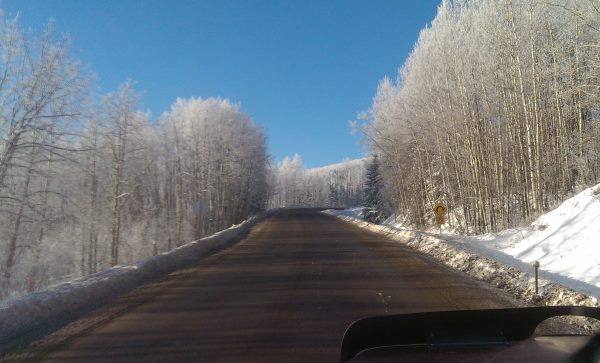
Balancing confidence and caution. What’s around the bend? Professional drivers never let experience lead to aggression or complacency.
If it helps, imagine that it’s your family in every other vehicle out there. If you do need to pass, at least do it as safely as possible without tailgating.
